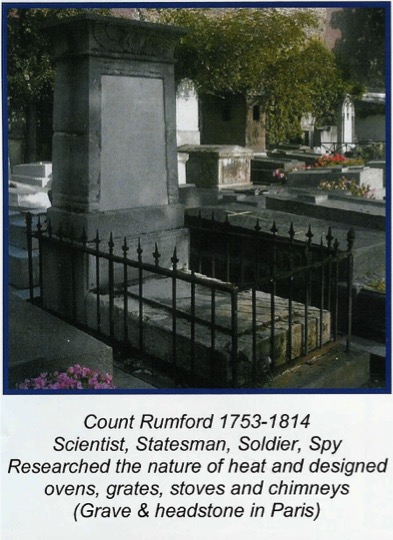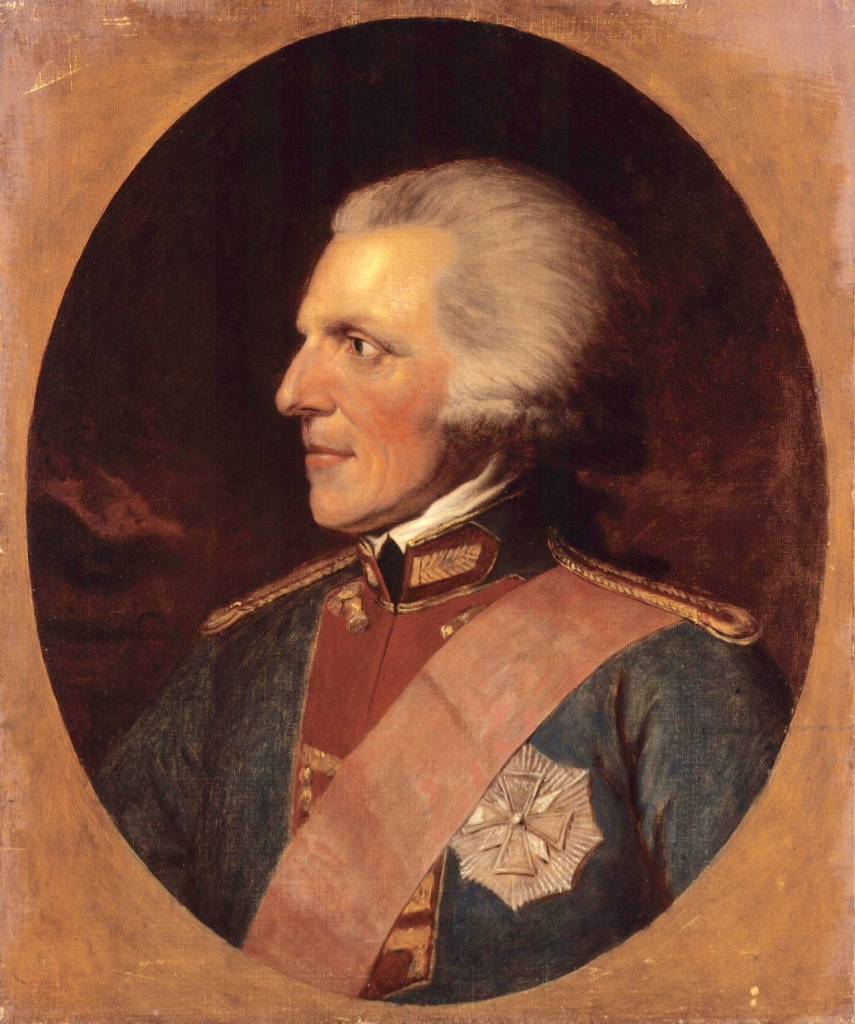| COUNT von
RUMFORD 1753 - 2014 Statesman, Soldier, Spy, Scientist Adventurer, Writer, Philanthropist Inventor |
Born Benjamin Thompson in the American colony of Massachusetts he led an adventurous
life travelling through many countries on two continents. Knighted by George III and later
ennobled by the Elector of Bavaria to become a Count of the Holy Roman Empire
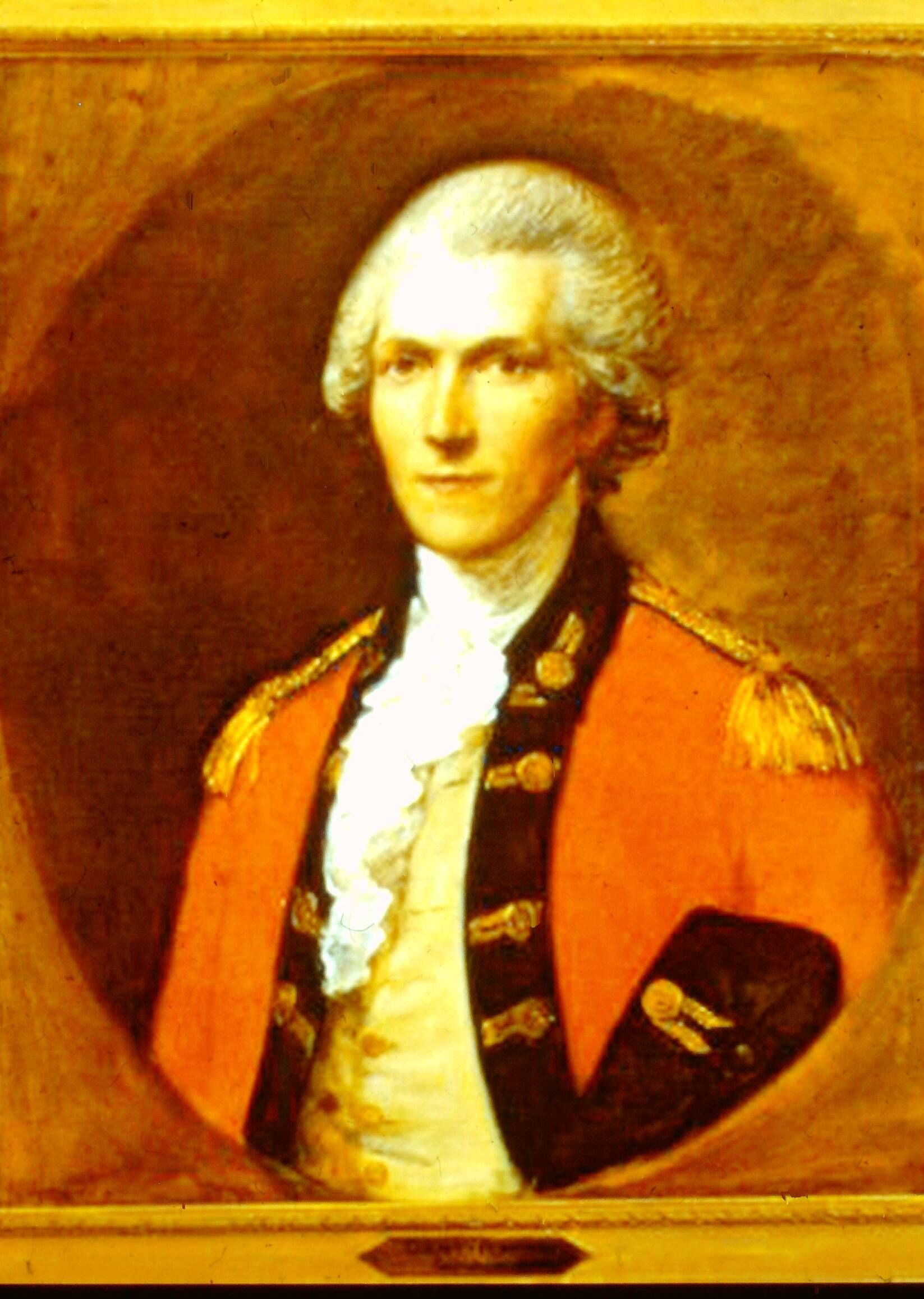
Sir Benjamin Thompson's portrait aged about 30 years painted by Gainsborough.
|
Born in Woburn Massachusetts in 1753.
Married society heiress in 1772 with one child a
daughter Sarah born 1774. Thompson left his family for
England in 1776.
His experiments with Gunpowder had him elected
as a Fellow of the Royal Society. Served as a
Colonel in the British Army and returned to the
colonies in America on the British side during the War
of Independence.
Returned to England in 1783 but seeking new
adventures Thompson crossed to the Continent in the
same year and ensconced in Bavaria part of the Holy Roman Empire. There he found favour with
The Elector of Bavaria, who appointed him Colonel of a
Cavalry Regiment and his aide-de-camp. However, whilst
living in Munich he carried out much social work
providing for the soldiers welfare. For his good work
improving the social conditions of soldiers and the
poor of Munich he was rewarded in 1792 by the Elector
who made him a Count of the Holy Roman Empire. He
chose as his title Rumford the town of his
youth in Massachusetts. As Count
Rumford he was knighted in 1794 by George III for his
services to King and Country. Returning to
England in 1796 he was reunited with Sarah his
daughter. In that same year he founded and funded the
historic medal that still bears his name.
After returning again to Bavaria this time accompanied by his daughter, it became a period when he suffered a long spell of ill health requiring recuperation in Italy. On their return to England in 1799 he became actively engaged in the foundation of the Royal Institution of Great Britain in London that received its Royal Charter in 1800.
His final move was to France in 1804
where he took residence in Paris, and made
acquaintance with the wealthy widow of the
illustrious chemist Lavoisier. They were soon
married in 1805, but the marriage proved to be a
disaster which resulted in a separation followed by
a divorce in 1809. Rumford’s final years were spent
in quiet solitude before his sudden death in 1814.
His funeral was a lonely affair attended by only a
few people. His daughter and ex-wife didn’t attend
the funeral in Antenil Cemetery Paris.
Rumford's scientific achievements were
many, his experiments with the transfer of heat,
several inventions which he chose never to patent,
the redesign of the domestic fireplace, and his
prolific writing of essays on a variety of
engineering and scientific subjects. |
The Count Remembered
Sir Benjamin Thompson later ennobled Count Rumford has however been
remembered in more recent times for his adventures, social work, philanthropy,
and inventions in the three countries where his presence was most prevalent.
| Massachusetts
USA |
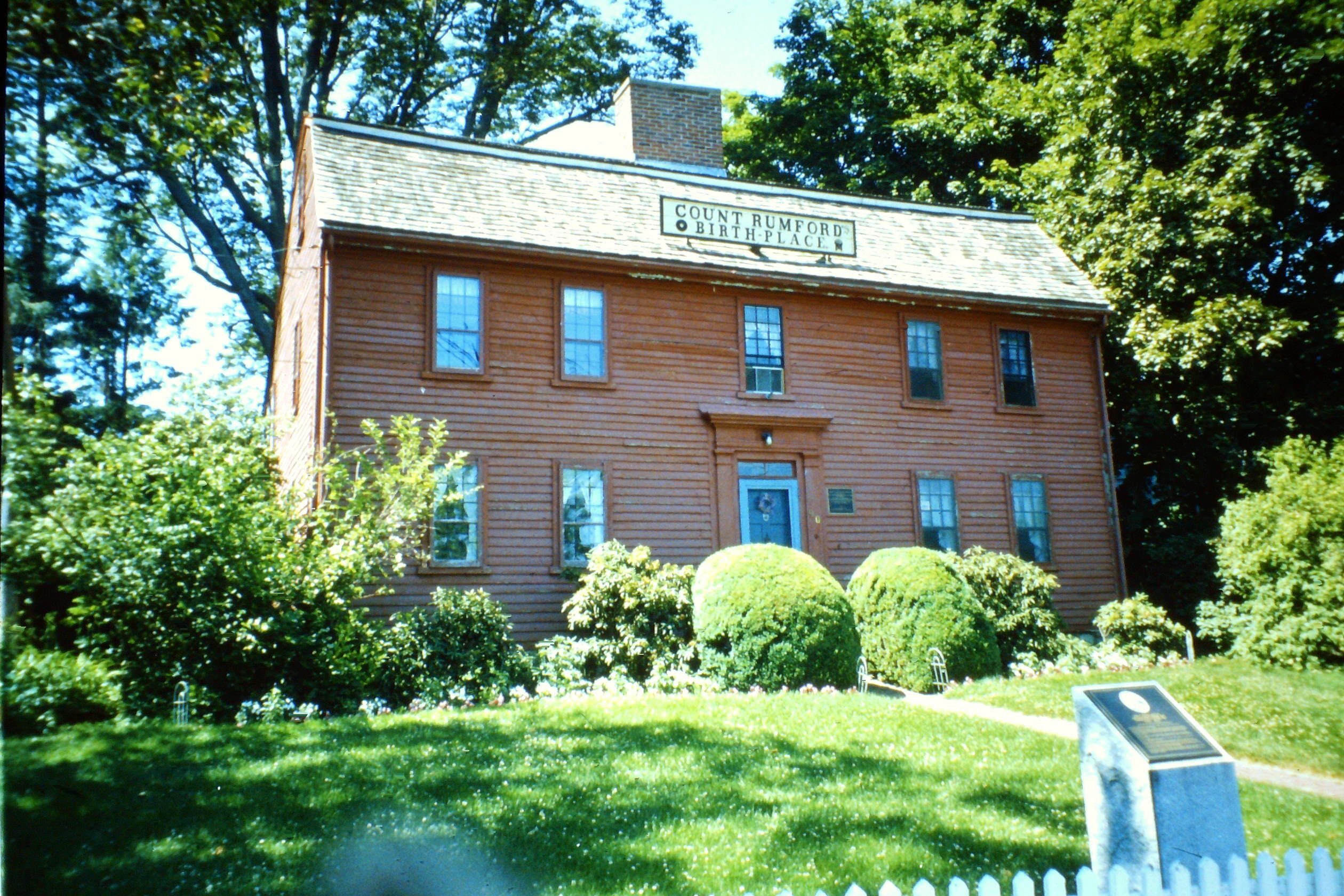
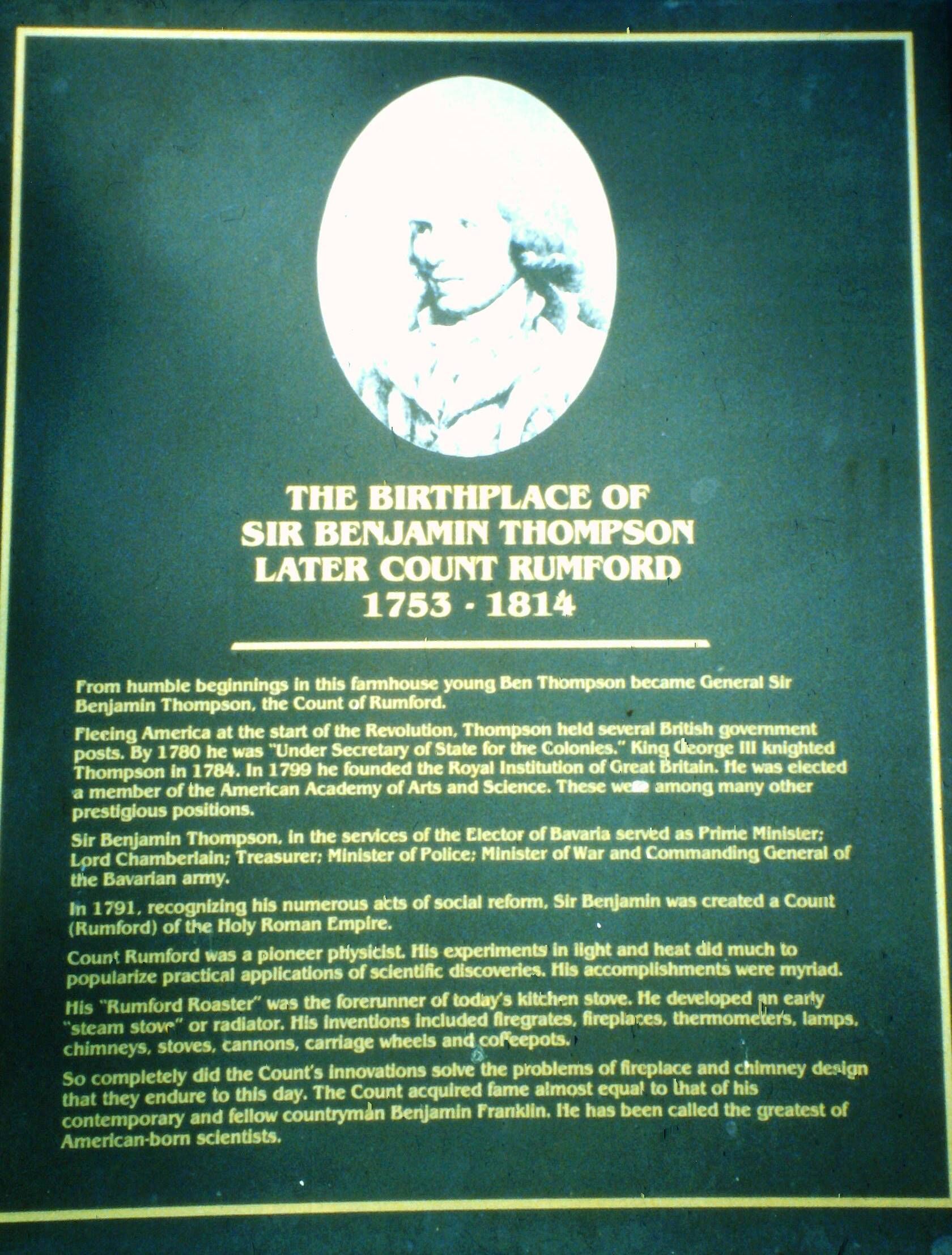 |
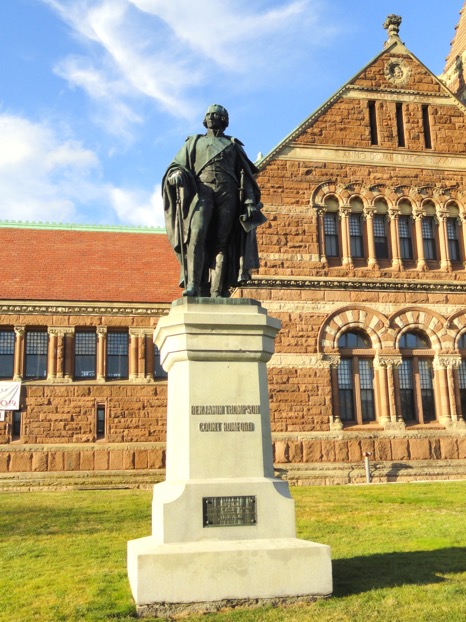 His statue in Woburn Massachusetts |
| England |
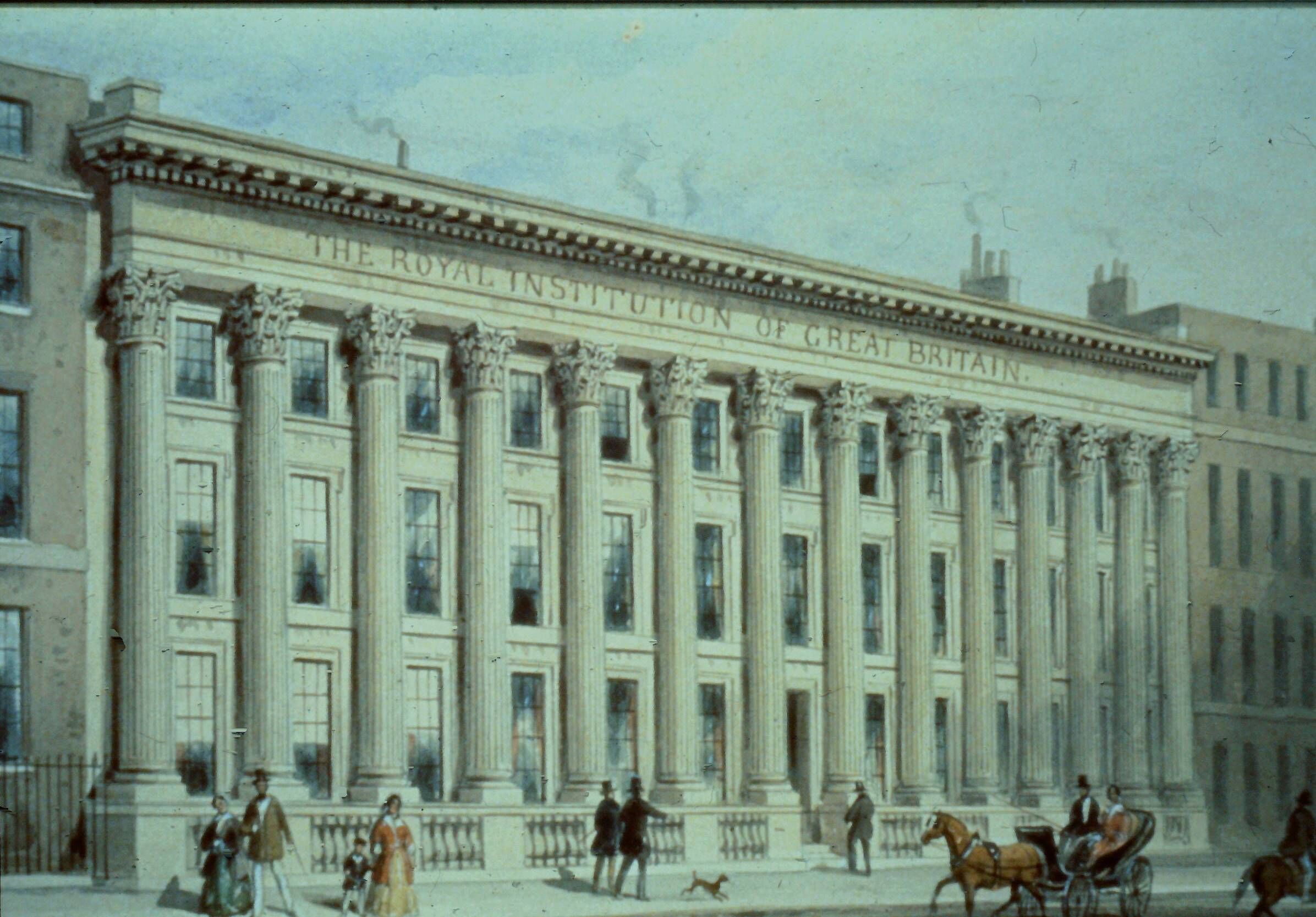
The Royal Institution in Abermarle Street London. the columns was added in 1838
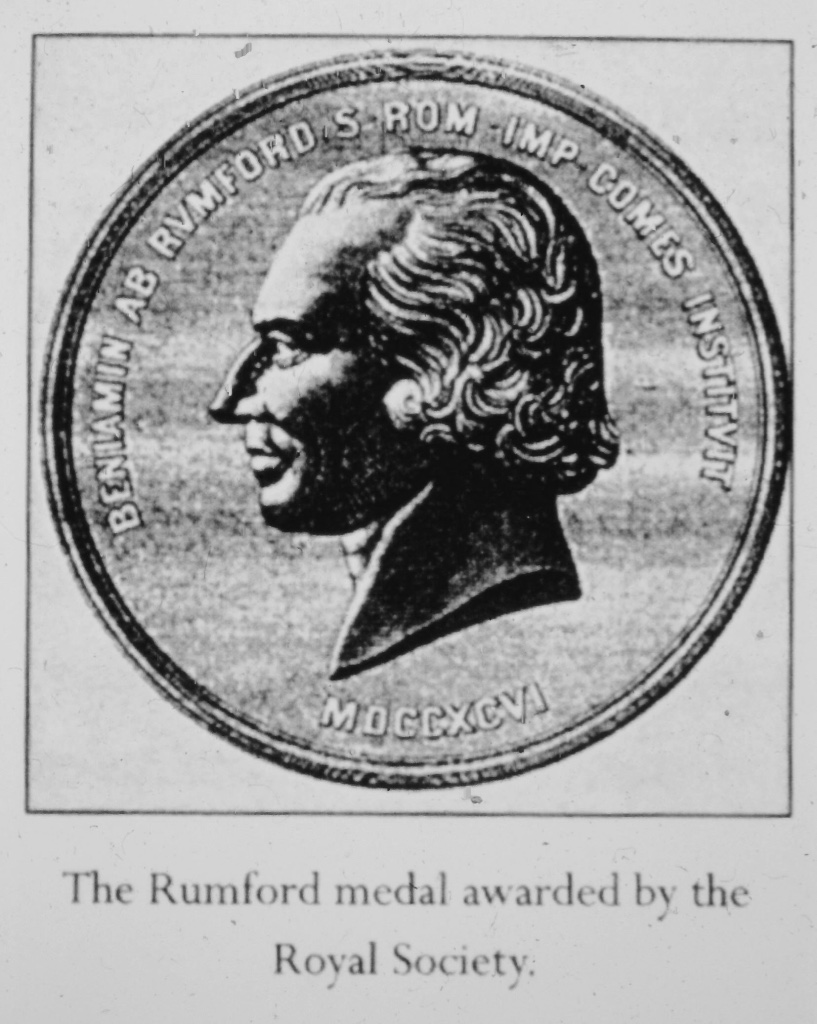 |
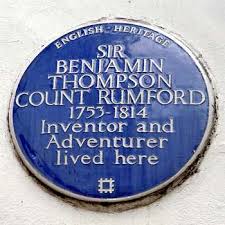 The plaque was unveiled on 9th September 1999 at 168 Brompton Road London. It is to record that Count Rumford lived at this address. |
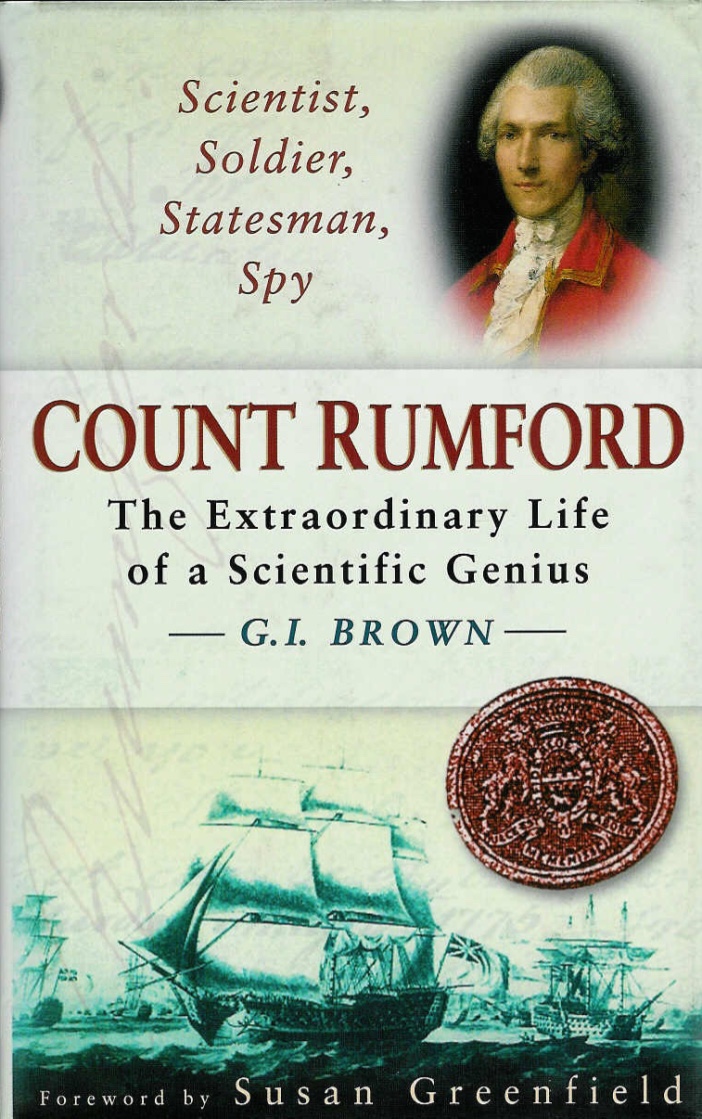 |
This comprehensive record of the life of Benjamin Thompson 1753 - 1814 is the book written by G I Brown and published in 1999 that happens to be 200 years after he was instrumental in the founding of the Royal Institution. The foreward to the book was written by Susan Greenfield who was Director of the Royal Institution of Great Britain in 1999 the time of the book's publication |
| Bavaria
Germany |
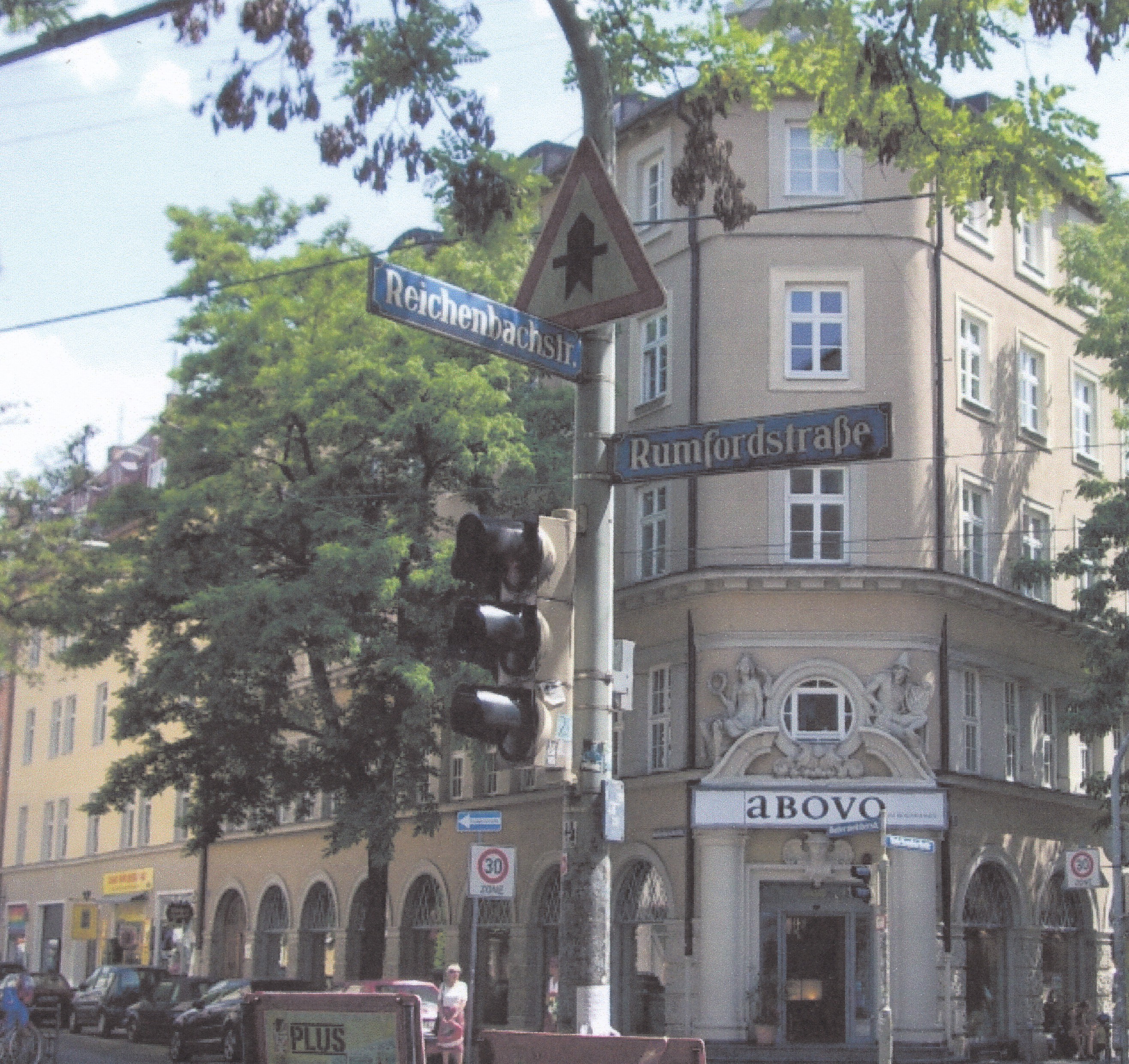
The street named after the Count in Munich Germany
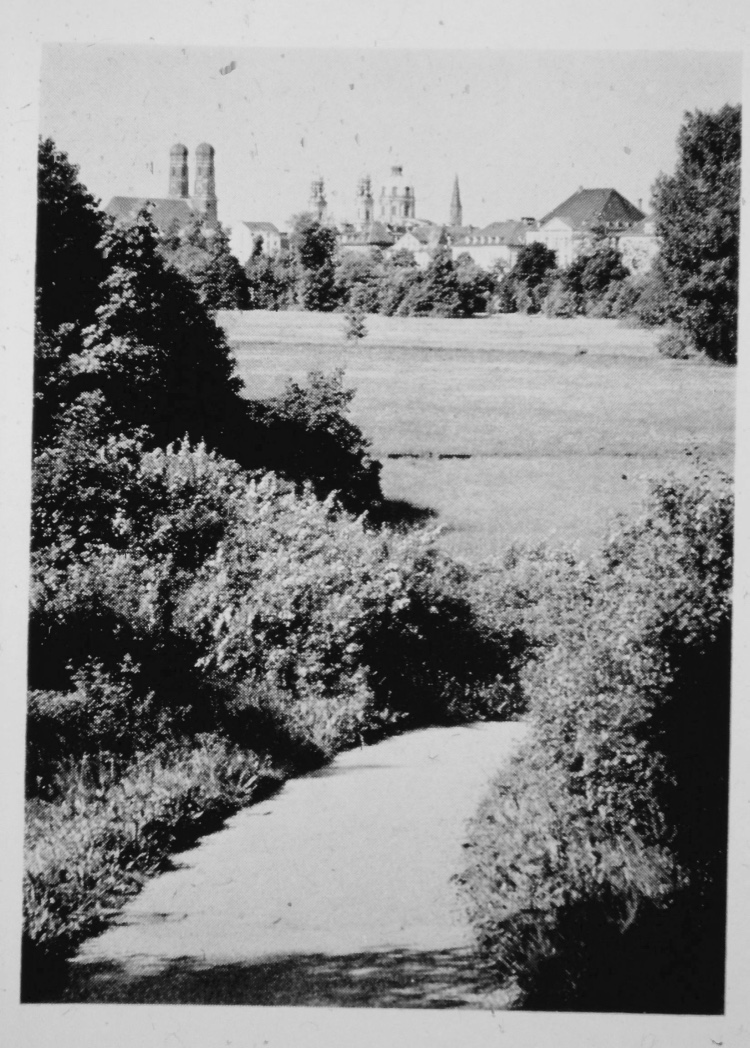 |
The English Garden in Munich 1759 - 1795 Originally a derelict area of swampy ground that was drained and intended for use as a private garden. However, after the intervention of Thompson in 1789 it was transformed into an open park similar in character to Kew Gardens in London. It was formally opened in 1790 and later opened to the Public in 1795. |
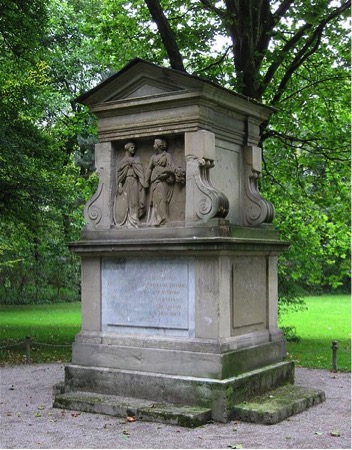 |
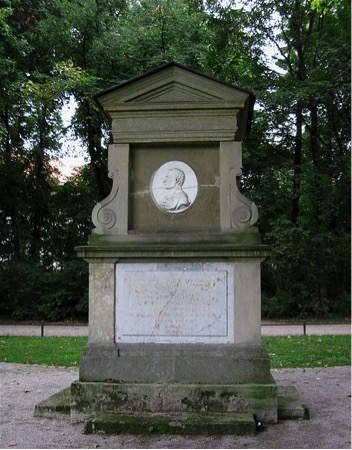 |
The Rumford marble memorial in the English Garden
